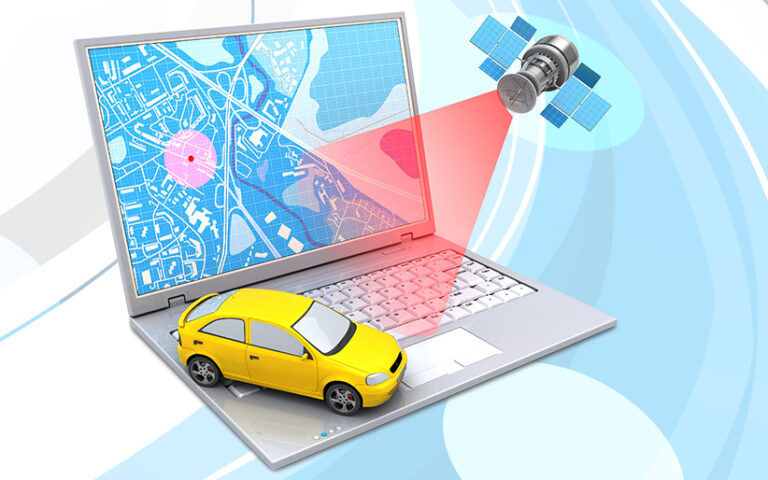Vehicle manufacturers have moved into the telematics space increasingly in recent years, providing a one-stop shop for fleet managers. And looking ahead, this trend is likely to continue.
Telematics systems first started appearing in non-commercial vehicles as built-in features as much as a decade ago, with Holden, Ford, Mercedes Benz, Mazda and BMW among the plethora of manufacturers including them in their luxury lines at first. These systems generally offer features including vehicle location and seat-belt alerts.
But in recent years, as the technology has advanced and as it becomes a requirement in commercial vehicles, more manufacturers are launching telematics systems specifically designed for the fleet management industry, or use in commerce.
“It’s telematics technology which emerges as the single most important technology development we’re likely to see in our vehicles,” Isuzu Australia said in November.
“Telematics will be soon viewed as part of the truck — just like the engine or transmission — rather than seen as an accessory,” said Simon Humphries, chief engineer, product strategy at Isuzu Australia.
Isuzu, the Japanese brand of light, medium and heavy trucks that is popular in Australia, has a range of product and packages developed in Australia to suit Australian requirements. The systems generally comprise a black box installed behind the truck’s dash panel.
The black box works with a server and wireless devices to provide a range of operational and driver safety management efficiencies, such as live positioning, trip playback, geo-fencing and fleet and engine data information tools.
Buyers also have the option to include driver-security features such as a panic button, collision alert and door-open monitor. Recent updates to the Isuzu packages include a driver ID feature, designed to enable operators to see which driver is in what vehicle — handy for managers of pooled vehicles using multiple drivers.
In November, Toyota Fleet Management and Hino each launched telematics products.
Toyota Fleet Management has launched a telematics system called ForceField which provides real-time tracking of vehicle and driver behaviour.
“ForceField Telematics helps manage the risks associated with running vehicle fleet by providing the insights that lead to safer driving, fewer accidents and increased cost savings by making it clear how best to manage your fleet assets,” said Ed Stanistreet, Toyota Fleet Management general manager.
Other benefits include the ability to identify surplus vehicles that can be reallocated or even disposed of, and maximising efficiency by using the data to optimise routes, monitor speed and minimise idle time. Other features of ForceField include electronic logbooks, geofencing boundaries, emergency response alerts, seatbelt and fatigue alerts, and driver identification via swipe tags.
Toyota also has a driver app called DriverDirect, which can be loaded onto any mobile device has an electronic logbook that tracks journeys, capturing data through the GPS. The trip data can be filtered, for example, by business use and private use in spreadsheets. Trip expenses can also be managed by the app, with facility for capturing receipts.
Hino, another truck maker, in November launched its own telematics system called Hino Traq, providing real-time vehicle tracking and operational information to driver and fleet managers through an online portal.
“It is crucial to provide support businesses in the future and our aim is to provide our customers with range of business-building benefits that will save them money and worry,” said Daniel Petrovski, product strategy manager at Hino Australia.
From the start of 2017 Volkswagen Truck and Bus will offer a cloud-based telematics system called RIO.
This move by manufacturers and fleet management organisations into telematics is particularly helpful for small fleets, of one to six vehicles, where a manager wears many hats including that of fleet manager and doesn’t have the time to investigate the full array of options and vendors in the marketplace.






